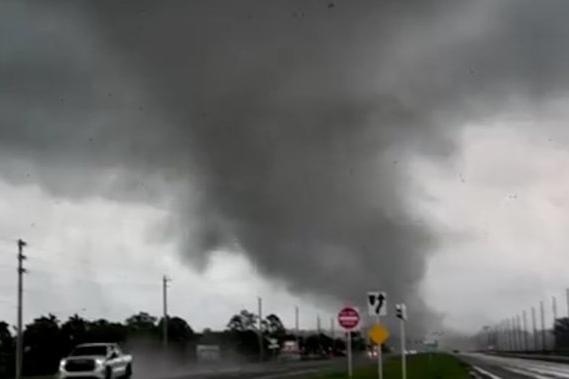Giant tornadoes, born from severe storms, are among nature’s most devastating phenomena. These colossal whirlwinds can form rapidly, wreaking havoc in mere moments, leaving a trail of destruction that is both terrifying and heartbreaking.
When conditions are right—warm, moist air colliding with cold, dry air—massive storms can develop, producing powerful updrafts. This process can lead to the formation of tornadoes that stretch for miles, with winds reaching speeds of over 300 miles per hour. The sheer force of these storms can obliterate buildings, uproot trees, and scatter debris across entire neighborhoods.

The impact of giant tornadoes is felt long after the storm has passed. Communities are often left in ruins, with families displaced and essential infrastructure damaged. Recovery can take years, as residents rebuild their lives and homes amidst the remnants of destruction.
Meteorologists continue to study these terrifying events to better predict their formation and track their paths. Advances in technology, such as Doppler radar, have improved warning systems, giving people crucial time to seek shelter. However, despite these efforts, the unpredictability of nature means that the threat remains.

As we witness the increasing frequency and intensity of severe weather events due to climate change, the importance of preparedness cannot be overstated. Communities must come together to develop response plans, ensuring that when disaster strikes, they can face it with resilience and solidarity.





